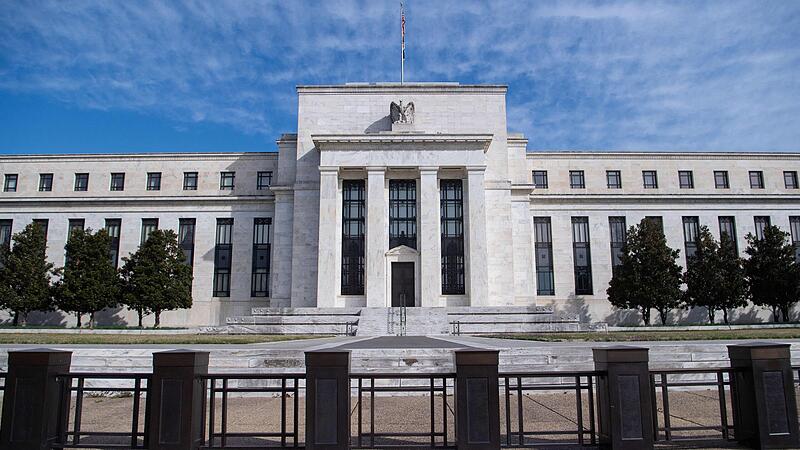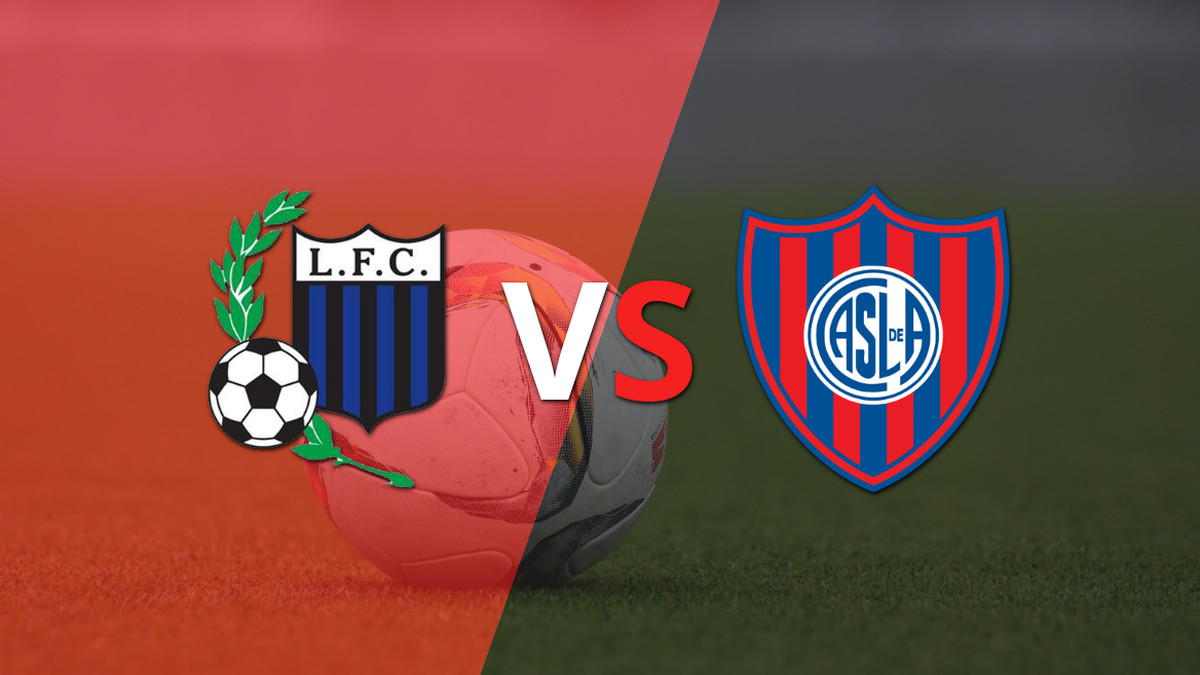Image: SAUL LOEB (AFP)
The US Federal Reserve has raised interest rates for the tenth time in a row to combat inflation. With another jump in interest rates of 0.25 percentage points, this is now in the range of 5.0 to 5.25 percent, as the Fed announced. This is the highest value since 2007 – i.e. before the start of the global financial crisis.
The most recent bank collapse in the USA – the collapse of the First Republic Bank – has not stopped the Fed from raising interest rates slightly. Now, however, an interest rate pause could follow.
When making its decision, the Fed had to weigh up the balance between calming concerns in the banking sector and fighting high consumer prices. In the past year, the Fed had raised interest rates by an impressive 0.75 percentage points several times. The central bank had thus set a pace that it had not seen in decades. She initiated this turnaround in interest rates a good year ago – at that time the key interest rate was almost zero. Recently, however, the Fed has opted for smaller rate hikes. According to the forecast published in March, decision-makers at the Fed expect the key interest rate to average 5.1 percent at the end of the year. This value has been reached with the current increase.
turbulence in the banking sector
The Fed’s aggressive rate hikes have also triggered some of the turmoil in the banking sector. The collapsed banks did not adequately protect themselves against rising interest rates. These have, for example, reduced the market value of their securities holdings. With the First Republic Bank, another struggling US money house has just collapsed. A few days ago it was announced that the industry leader JP Morgan Chase is taking over the troubled bank in a state-coordinated bailout. After the collapse of Silicon Valley Bank and Signature Bank in March, it initially seemed as if the turbulence was over.
The Fed must now manage a balancing act in its monetary policy – because further significant interest rate hikes could unsettle the market. At the same time, consumer prices in the US are still too high. Keeping inflation in check is the traditional task of central banks. If interest rates rise, private individuals and the economy have to spend more money on loans – or borrow less money. Growth is slowing, companies cannot simply pass on higher prices – and ideally the inflation rate is falling. At the same time, there is a risk that the economy will stall.
High inflation mitigated
The high level of inflation in the USA had recently weakened more than expected. In March, consumer prices rose by 5.0 percent compared to the same month last year. It was the lowest increase since May 2021. But that reading is still a long way off the Fed’s target inflation rate of 2 percent on average. At the same time, the labor market remains robust. What actually sounds good, however, can drive up consumer prices even further. Because a strong labor market is generally seen as a driver for wages and thus for inflation.
The recent turmoil in the banking sector could have a similar effect as interest rate hikes and dampen demand due to more cautious lending. Fed Chair Jerome Powell also relied on this recently. There is currently unrest on the markets, but also because of the dispute over the debt ceiling. US Treasury Secretary Janet Yellen warned that the world’s largest economy could default on June 1 if the debt ceiling is not raised. This is also weighing on the US economy – and could depress growth.
more from economy




